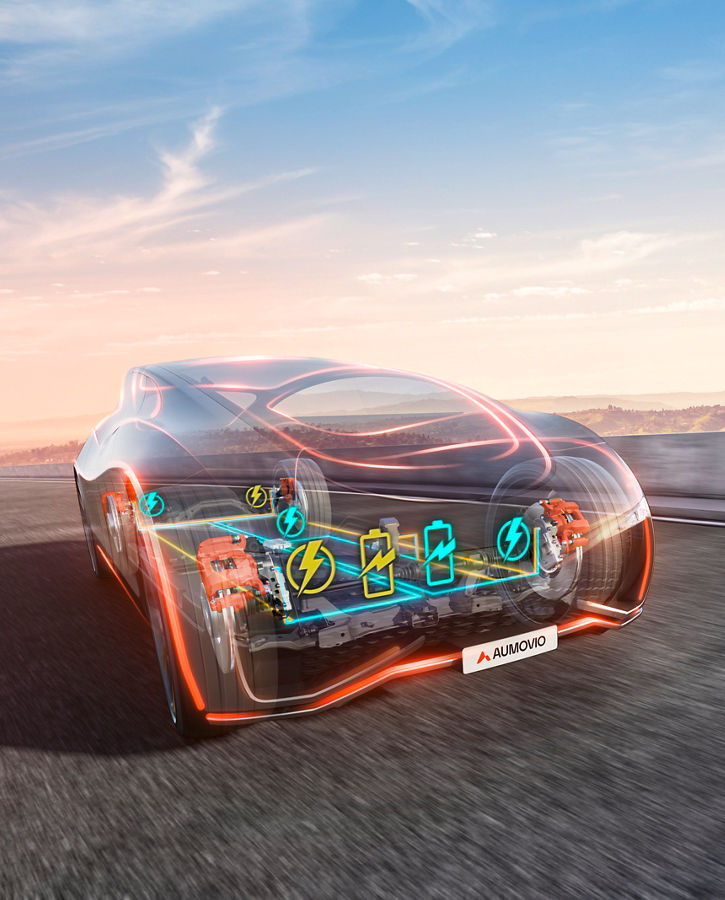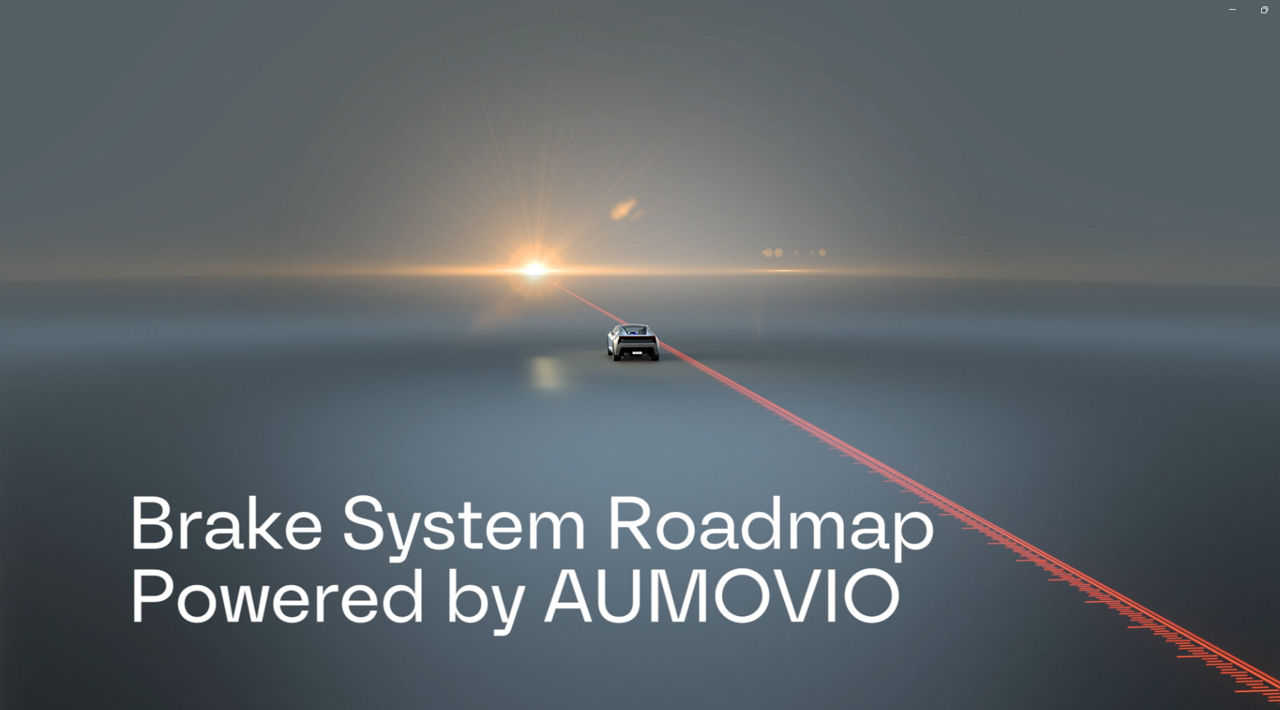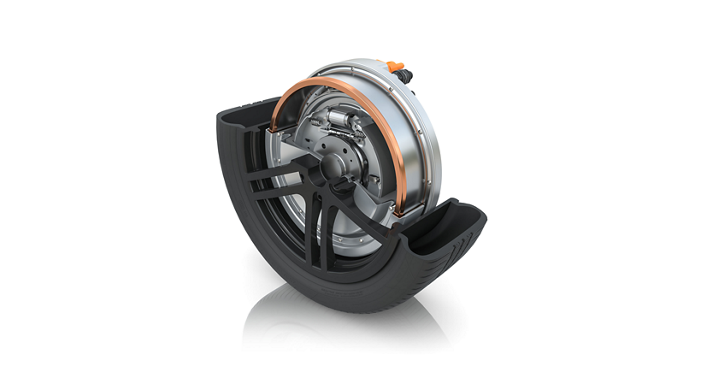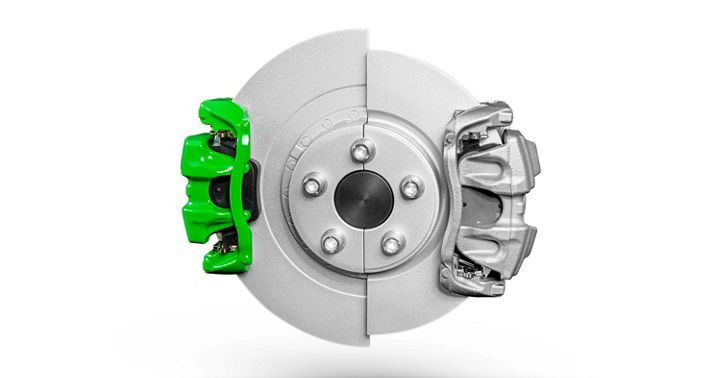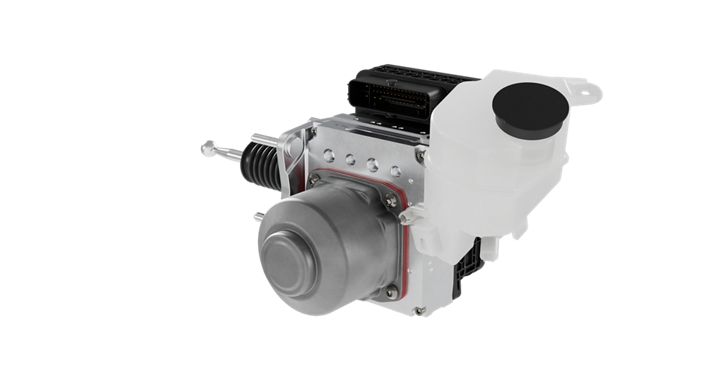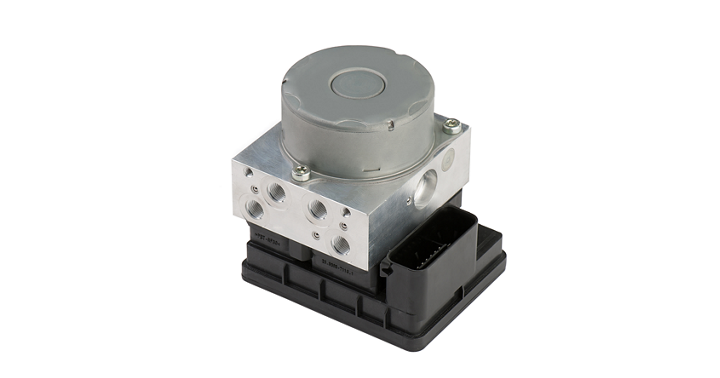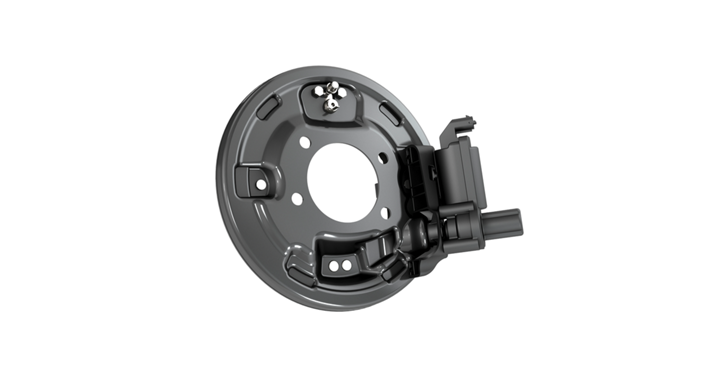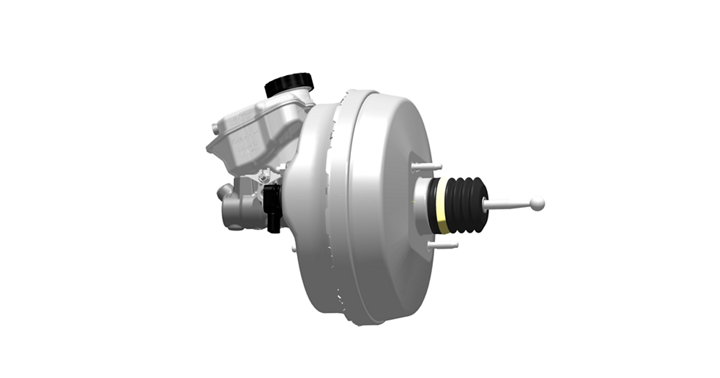Vehicles are currently being reimagined. Global megatrends are driving this transformation: Vehicle architecture is evolving with the electrification of the powertrain and the growing capabilities of automated driving (AD). Digitalization and connectivity are fundamentally reshaping the electrical and electronic (E/E) architecture of vehicles. This is increasingly based on software, because it’s more and more the software which defines the character of cars and the driving experience! Bytes are replacing horsepower. Apps and services are turning the car into an immersive experience that’s continously becoming safer and more comfortable.
The transformation toward the Software-Defined Vehicle is creating new requirements for brake systems. Brake systems of the future must be designed with built-in redundancy for brake-by-wire and automated driving by design, deliver optimal recuperation performance, and feature a modular architecture that enables the separation of hardware and software. Initial implementations will be seen in next-generation vehicles. A profound understanding of new vehicle and E/E architectures is essential to meet all emerging requirements while maintaining safety uncompromised. With our new generation of hydraulic and electromechanical brake systems, AUMOVIO is perfectly positioned to meet this challenge. Thanks to our extensive experience and strong collaboration with numerous OEMs, we continue to shape the future of braking.
